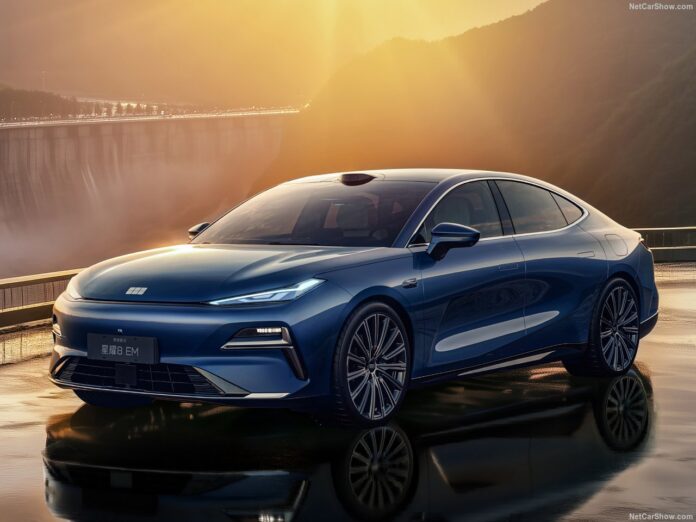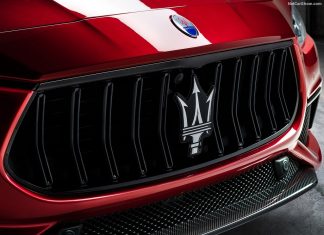Chinese Auto Market in 2025 reports stable growth. Q1 figures gained 4.1% reaching 5,18 million units. BYD stayed on top, though its leadership is threatened by Geely’s rapid rise. EVs expanded by 32.4%, with new competitors such as Xiaomi rising quickly through the rankings.
Economic Environment
Automotive Industry Trend and Outlook
China’s auto market grew 4.1% in Q1 of 2025, including both wholesales and imports, totaling 5,18 million units. Although the first months of the year reported losses, the market seems to be back on track, hinting at a potential future expansion.
Looking at data up to March 2025 brand-wise, BYD ranked 1st with 640,213 sales (+16.9%) defending the leadership from the attack of Geely -up 2 spots- in 2nd with 481,913 sales (+69.6%).
Volkswagen dropped 1 spot to 3rd place with 457,717 units (-5.5%) followed by Toyota -down 1 spot- with 340,663 sales (+1%), Changan with 201,521 sales (-19.8%) and Wuling -up 3 spots- with 170,408 (+5.7%).
Chery -up 5 spots- ranked 7th with 168,067 sales (+22.2%), followed by Honda -down 2 spots- with 157,327 (-33.1%), Mercedes -down 1 spot- with 154,140 (-9.8%) and, in 10th place, BMW -down 3 spots- with 150,058 sales (-17.6%).
To see the best-selling ranking in China, you can refer to the dedicated article. The new leader was the BYD SONG -up 2 spots- with a 3.8% growth, followed by Geely Xinguan which impressively climbed 622 spots into 2nd.
EV Market Trend and Outlook
China’s EV market continues to expand in Q1 of 2025. Several brands were able to achieve global rankings through domestic sales alone thanks to strong internal demand for EVs. Q1 figures grew by 32.4%, reaching a 39.7% share of total vehicle sales.
BYD held the top spot with around 30.7% market share, growing 16.1%. Geely surged up 4 spots to claim 2nd place as the Xingyuan rose several spots into models rankings. Wuling secured 3rd spot, up 33.2% while Tesla fell 2 spots, growing 1.6% but being outpaced by domestic carmakers.
Medium-Term Market Trend
China’s car market, the world’s largest, accounts for nearly 30% of global sales and over 75% of global electric vehicle sales. The market’s booming phase culminated in 2017, reaching an all-time high of 25.54 million units, a nearly 30% increase over the 2014-2017 period, driven by rapid economic growth, urbanization, and increased consumer purchasing power.
In the subsequent three years, the market declined, dropping almost 17% by 2020, stabilizing around 21 million units due to economic headwinds, trade tensions, and market saturation.
Starting from 2021, the market began its recovery, aided by government incentives and a focus on new energy vehicles. Over the following four years, the market grew 6%, reaching 23.288 million units in 2024.
During the 2014-2024 decade, China’s EV market experienced significant growth. Sales reported steady increases, accelerating in 2021 (+149%) and 2022 (+81.6%), continuing the momentum to reach 9.404 million units in 2024, with a 40% market share. This growth can be attributed to strong government support, technological advancements, and increased consumer acceptance.
Tables with sales figures
In the tables below we report sales for all Brands, top 10 Manufacturers Group and top 10 Models.











